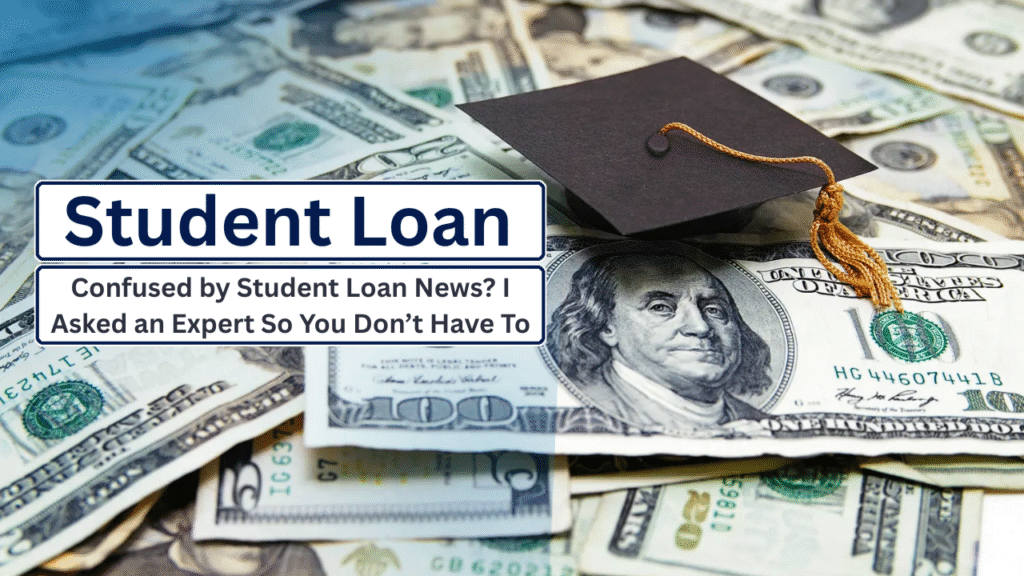The resumption of federal student loan collections in May 2025 has left many borrowers anxious and uncertain. To address these concerns, we spoke with Celina Damian, Student Loan Ombudsperson at the California Department of Financial Protection and Innovation (DFPI), who offered insight into what’s happening, what your options are, and how to protect your finances in the months ahead.
1. What’s Happening with Student Loan Collections?
As of May 5, 2025, the U.S. Department of Education has resumed collections on defaulted federal student loans, ending a five-year pause that began during the COVID-19 pandemic. Borrowers who fail to make payments now face significant financial consequences including:
- Damage to credit scores
- Wage garnishment
- Seizure of tax refunds
- Reductions in Social Security benefits
Recent reports show that more than 20% of borrowers are already 90 days or more behind on payments—a concerning sign as federal student loan debt has now reached approximately $1.693 trillion, affecting 43 million Americans.
2. What Are My Repayment Options?
Borrowers have access to several repayment plans through the federal student loan system:
- Standard Repayment Plan – Fixed monthly payments over 10 years.
- Graduated Repayment Plan – Payments start low and increase every two years.
- Extended Repayment Plan – Allows payments (fixed or graduated) for up to 25 years.
- Income-Driven Repayment (IDR) Plans – Payments based on income and family size. These include:
- Income-Based Repayment (IBR)
- Pay As You Earn (PAYE)
- Income-Contingent Repayment (ICR)
The Saving on a Valuable Education (SAVE) plan, introduced in 2023, offered generous terms but is currently under legal review.
To evaluate which plan is right for you, use the repayment estimator and apply via the official StudentAid.gov website.
3. How Can I Avoid Default?
If you’re struggling to make payments, take action early. Here are the steps experts recommend:
- Contact Your Loan Servicer – Don’t ignore the problem. Servicers can guide you through options like deferment, forbearance, or switching to an IDR plan.
- Loan Rehabilitation – Make nine consecutive on-time monthly payments to remove your loan from default status.
- Loan Consolidation – Combine multiple federal loans into one with potentially lower payments.
For more details, visit the Consumer Financial Protection Bureau.
4. What About Loan Forgiveness Programs?
Several federal loan forgiveness programs are still in effect, though eligibility criteria may be evolving:
- Public Service Loan Forgiveness (PSLF) – Forgives remaining debt after 120 qualifying payments for public sector employees.
- Teacher Loan Forgiveness – Up to $17,500 in forgiveness for teachers in low-income schools after five years.
- Total and Permanent Disability Discharge – Available for borrowers who are permanently disabled.
5. What Should I Do Right Now?
Here’s a checklist to help you stay in control:
- Review Your Loans – Log into StudentAid.gov to verify your balances, interest rates, and servicer details.
- Update Contact Information – Make sure your loan servicer can reach you by phone, mail, or email.
- Set Up Auto-Pay – Enroll in automatic payments to avoid missed payments—and possibly receive a small interest rate discount.
- Get Professional Help – If you’re overwhelmed, speak with a financial counselor or use resources from organizations like TISLA – Free Student Loan Advice.




